AMD Phenom II X3 720 Black Edition PCSTATS Review
|
|||||||||||||||
AMD’s latest Phenom II CPUs are built on a 45nm
manufacturing process. It will be interesting to see if this, and
re-architecting of the Phenom II’s microprocessor reduce power draw
significantly compared to Intel’s Core 2 Duo and Core 2 Quad CPUs.
As always, before any power measurements are taken the CPU power saving and
clock speed throttling technologies like Cool ‘n’ Quiet, EIST (speedstep) and
C1E power states are disabled. PCSTATS then set about stressing each core of the
processor one by one, until all cores were loaded.
For this we used Stress
Prime (SP2004). The total system
power consumption, measured in Watts, is monitored with an Extech Power Analyzer
Datalogger (model 380803). The power meter is located between the main 120AC
supply and the PC’s power supply so it measures the entire computer system, the
difference between CPU loaded and unloaded states is the key value to pay
attention to.
| Total System Idle Power Draw |
|
|---|---|
| Processor | Total System Power Draw |
| Intel Pentium 4 540 | 150 Watts |
| Intel Pentium D 840 | 165 Watts |
| Intel Pentium D 940 | 168 Watts |
| Intel Core 2 Duo E6600 | 117 Watts |
| Intel Core 2 Duo E6750 | 123 Watts |
| Intel Core 2 Duo E8400 | 131 Watts |
| Intel Core i7 920 | 144 Watts |
| AMD Sempron 3600+ | 120 Watts |
| AMD Athlon64 4000+ | 163 Watts |
| AMD Athlon64 FX-60 | 127 Watts |
| AMD Athlon64 X2 4800+ | 143 Watts |
| AMD Athlon64 X2 5000+ | 156 Watts |
| AMD Athlon64 FX-62 | 168 Watts |
| AMD Athlon II X2 250 | 128 Watts |
| AMD Phenom II X2 550 BE |
145 |
| AMD Phenom II X3 720* | 155 Watts |
| AMD Phenom II X3 720** | 128 Watts |
* DDR2 based system, ** DDR3 based PC system.
Running three Phenom II cores in DDR2 memory mode draws a bit more power than PCSTATS likes to see,
but fortunately a switch to a socket AM3 motherboard and DDR3 memory mode reduced
power draw signficantly in idle mode, bringing the AMD Phenom II X3 720 Black Edition in line with the
Core 2 Duo E8400 processor.
| Total System Stressed Power Draw — All Cores/Threads |
|
|---|---|
| Processor | Total System Power Draw (All Cores) |
| Intel Pentium 4 540 | 223 Watts |
| Intel Pentium D 840 (2 Core ) | 240 Watts |
| Intel Pentium D 940 (2 Core Load) | 253 Watts |
| Intel Core 2 Duo E6600 (2 Core Load) | 156 Watts |
| Intel Core 2 Duo E6750 (2 Core Load) | 163 Watts |
| Intel Core 2 Duo E8400 (2 Core Load) | 158 Watts |
| Intel Core i7 920 (8 Thread Load) | 213 Watts |
| AMD Sempron 3600+ | 148 Watts |
| AMD Athlon64 4000+ | 172 Watts |
| AMD Athlon64 FX-60 (2 Core Load) | 196 Watts |
| AMD Athlon64 X2 4800+ (2 Core Load) | 173 Watts |
| AMD Athlon64 X2 5000+ (2 Core Load) | 207 Watts |
| AMD Athlon64 FX-62 (2 Core Load) | 235 Watts |
| AMD Athlon II X2 250 (2 Core Load) | 163 Watts |
| AMD Phenom II X2 550 (2 Core Load) | 181 Watts |
| AMD Phenom II X3 720* (1 Core) | 182 Watts |
| AMD Phenom II X3 720** (1 Core) |
157 Watts |
| AMD Phenom II X3 720* (2 Core) | 196 Watts |
| AMD Phenom II X3 720** (2 Core) |
176 Watts |
| AMD Phenom II X3 720* (3 Core) | 213 Watts |
| AMD Phenom II X3 720** (3 Core) |
190 Watts |
* DDR2 based system, ** DDR3 based PC system.
When stressed the power consumption of the Phenom II AMD
Phenom II X3 720 Black Edition was 190W in DDR3 mode
, and broke the 200W barrier when using higher-wattage DDR2 memory. It seems
like AMD doesn’t have a lot of headroom with this generation of processors, we
may not see Phenom II processors clocked higher than 3.4-3.6GHz or
so.
|
< Previous Page |
© 2022 PCSTATS.com |
Next Page > |
|
AMD’s Phenom II X3 720 Black Edition processor is one of the first Phenom To understand the significance of a triple-core processor, it’s a good idea Shortly after dual-core processors made their debut, quad-core designs were AMD believes that number is… three. The new AMD Phenom II X3 720 Black Edition is a
However three cores and big caches isn’t the only trick that the AMD Phenom II X3 720 Black Edition has in
To top everything off, the Phenom II X3 720 is a Black Edition The AMD Phenom II X3 720 Black Edition is based largely on the design of the Phenom II X4 920, and the two Although its suggested price is only $145 CDN ($130 USD £90 GBP), AMD suggests that the AMD Phenom II X3 720 Black Edition’s most First though, it’s time to take a look at AMD’s new plans for the
|
||||||||||||||||||||||||||||||||
Review AMD Phenom II X3 720
- Introduction
- Test configuration
- Instrumentation and test procedure
- Test results: performance comparison
- Arcania — Gothic 4 (Fishir)
- ARMA 2 (Benchmark #1)
- Battlefield Bad Company 2 (Multiplier Power)
- Borderlands (Badlands)
- Colin McRae DIRT 2 (Battle of Battersea — London)
- Crysis (Village)
- Dragon Age Origins (Ostagar)
- Far Cry 2 (First ride)
- Formula 1 2010 (Benchmark)
- Grand Theft Auto 4 EFLC (Lost and Damned)
- Kane & Lynch 2 — Dog Days (Air Strike)
- Lost Planet Colonies (Zone 1)
- Mafia 2 (Benchmark)
- Mass Effect 2 (Tali’s Judgment)
- Need for Speed SHIFT
- Prototype (Then and Now)
- R.
 U.S.E. (Benchmark)
U.S.E. (Benchmark) - Splinter Cell — Conviction (Lincoln Memorial)
- StarCraft 2: Wings of Liberty (Into Darkness)
- World in Conflict: Soviet Assault (Coast)
- Pins
- Applications. General performance comparison of
- Phenom II X3 720 vs. Core 2 Quad Q8300
- Phenom II X3 720 vs Core 2 Duo E8400
- Phenom II X3 720 vs Core 2 Duo E7600
- Phenom II X3 720 vs Athlon II X4 640
- Phenom II X3 720 vs Athlon II X3 440
- Motherboard: GigaByte GA-EX38-DS4, BIOS F6c
- RAM: 2 x 2048MB DDR2 Hynix (Spec: 800MHz / 5-5-5-15-2t / 1.
 9V)
9V) - Motherboard: GigaByte GA-890FXA-UD7, BIOS F4
- RAM: 2 x 2048MB DDR3 Corsair (Spec: 1600MHz / 8-8-8-20-1t / 1.65V)
- Core 2 Quad Q8300 — 2500 @ 3400 MHz
- Core 2 Duo E8400 — 3000 @ 4200 MHz
- Core 2 Duo E7600 — 3060 @ 4000 MHz
- Phenom II X3 720 — 2800 @ 3700 MHz
- Athlon II X4 640 — 3000 @ 3600 MHz
- Athlon II X3 440 — 3000 @ 3700 MHz
- Video card: GeForce GTX 480 1536 MB — 700/1400/3696 MHz (Palit)
- CPU cooling system: Cooler Master V8 (~1100 rpm)
- Drive subsystem: SATA-II 500 GB, WD 5000KS, 7200 rpm, 16 MB
- PSU: Corsair TX 950 Watt (stock fan: 140mm blown)
- Housing: open test stand
- Monitor: 23″ Acer V233H (Wide LCD, 1920×1080 / 60Hz)
- Operating system: Windows 7 build 7600 RTM x64
- Graphics drivers: GeForce 260.
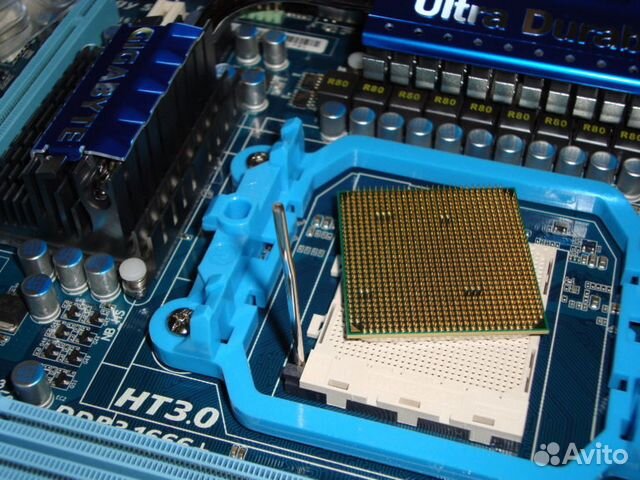 89 WHQL
89 WHQL - ARMA 2 (Benchmark #1)
- Colin McRae DIRT 2 (Battle of Battersea — London)
- Crysis (Village)
- Formula 1 2010 (Benchmark)
- Grand Theft Auto 4 EFLC (Lost and Damned)
- Lost Planet Colonies (Zone 1)
- Mafia 2 (Benchmark)
- R.U.S.E. (Benchmark)
- World in Conflict: Soviet Assault (Coast)
- Arcania — Gothic 4 (Fishir)
- Battlefield Bad Company 2 (Multiplier Power)
- Borderlands (Badlands)
- Dragon Age Origins (Ostagar)
- Far Cry 2 (First ride)
- Kane & Lynch 2 — Dog Days (Air Strike)
- Mass Effect 2 (Tali’s Judgment)
- Need for Speed SHIFT
- Prototype (Then and Now)
- Splinter Cell — Conviction (Lincoln Memorial)
- StarCraft 2: Wings of Liberty (Into Darkness)
- Version 1.1
- DirectX9
- texture quality — high
- SSAO quality — high
- light quality — high
- shadow quality — ultra
- dynamic shadows — world and geometry
- shadows — world and geometry
- the quality of the characters is high
- world quality — high
- particle quality — high
- exposure — incl.
- glare — incl.
- face detail — incl.
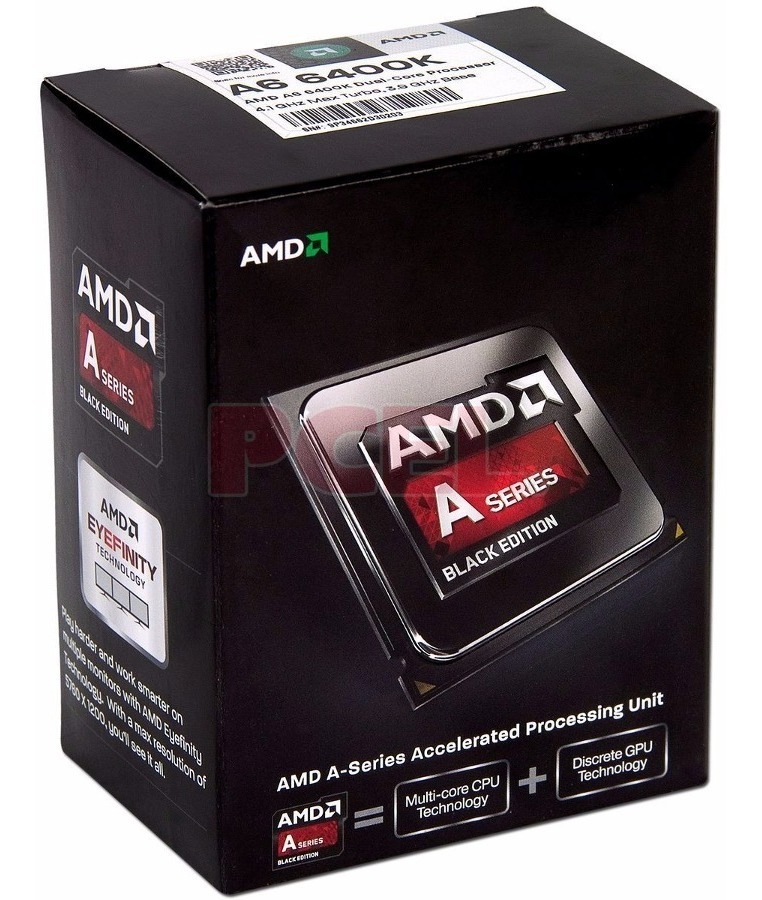
- post-processing — incl.
- Version 1.05.62017
- DirectX9
- full screen anti-aliasing (AA) 4
- anisotropic filtering (AF) 16
- viewing distance — maximum
- texture quality — very high
- shadow size — 4096
- landscape quality — very high
- the quality of the objects is very high
- shadow quality — very high
- post-processing — very high
processors
The latest reviews, where processors were tested, were devoted to AMD products — Athlon II X4 640, Athlon II X3 440, Athlon II X2 220. This material begins a cycle that examines the older models of the company of the same name, namely Phenom II.
It will be opened by the Phenom II X3 720 processor, which has an undeniable advantage over the younger Athlon II brothers in the form of 6 MB L3 cache.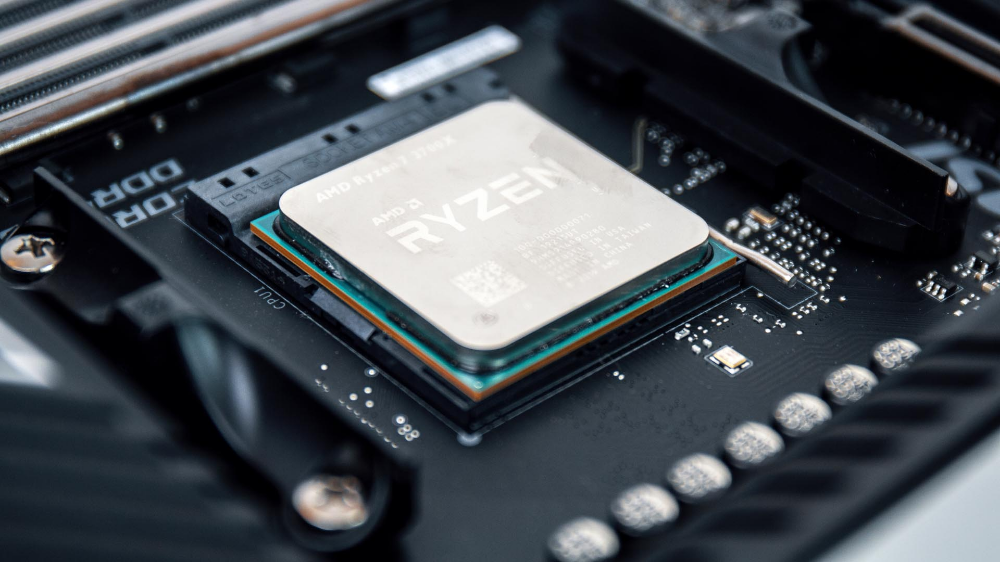 Let’s see what dividends this technological advantage will bring to our hero in the confrontation with rivals: Athlon II X4 640, Athlon II X3 440, Core 2 Quad Q8300, Core 2 Duo E8400 and Core 2 Duo E7600.
Let’s see what dividends this technological advantage will bring to our hero in the confrontation with rivals: Athlon II X4 640, Athlon II X3 440, Core 2 Quad Q8300, Core 2 Duo E8400 and Core 2 Duo E7600.
recommendations
Starting with this review, I introduce a serious distinction between test packages for processors and video cards. An analysis of the work done earlier revealed a big minus of the unified toolkit: «non-processor-dependent» games greatly blurred the final result, distorting the final picture. Therefore, in the future, when testing processors, games that load them most heavily will be selected. And accordingly, another package will be selected for video cards, with increased requirements for the graphic component of the computer.
Stand #1:
Stand #2:
Processors:
Other components:
Software:
For a more visual comparison of processors, all games used as test applications were launched at 1280×1024 and 1920×1080 resolutions.
The following games used benchmarks:
Performance in these games was measured using FRAPS v3.2.1 build 11425 and AutoHotkey v1.0.48.05:
minimum and average FPS values were measured in all games.
In tests where it was not possible to measure the minimum FPS , this value was measured by the FRAPS utility.
VSync was disabled during testing.
To avoid errors and minimize measurement errors, all tests were performed three to five times. When calculating the average FPS, the final result was taken as the arithmetic mean of the results of all runs (three not «idle»). As the minimum FPS, the minimum value of the indicator based on the results of three runs was chosen.
Intel Processor Specifications
AMD Processor Specifications
Processors were overclocked as follows. The stability of overclocking was checked by the OSST 3.1.0 «Perestroika» utility by running the processor for half an hour on the maximum matrix with a forced 100% load. We agree that the overclocking we have identified is not absolutely stable, but it is one hundred percent suitable for any modern game.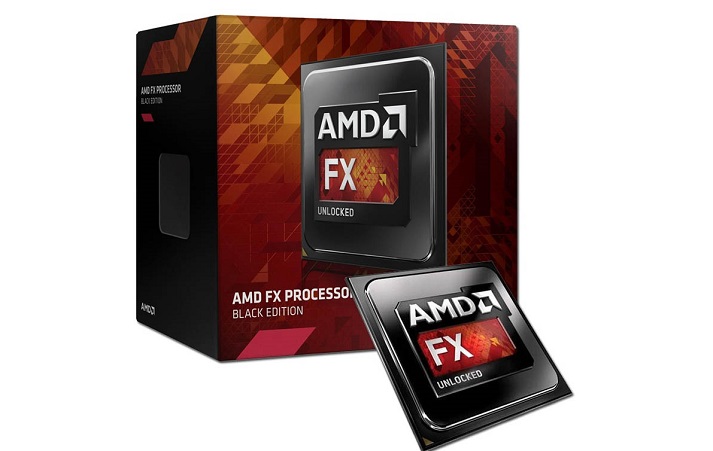
Core 2 Quad Q8300
Regular mode. Clock frequency 2500 MHz, system bus frequency 333 MHz (333×7.5), DDR2 frequency — 1066 MHz (333×3.2), core supply voltage 1.29 V, DDR2 supply voltage — 2.1 V.
The processor was overclocked to a modest 3400 MHz. To do this, the system bus frequency was raised to 453 MHz (453×7.5), the core supply voltage — up to 1.45 V, the DDR2 supply voltage — 2.1 V, the system bus supply voltage — by 0.2 V, the north bridge voltage — by 0.1 V. DDR2 frequency was 1087 MHz (453×2.4).
Core 2 Duo E8400
Regular mode. Clock frequency 3000 MHz, system bus frequency 333 MHz (333×9), DDR2 frequency — 1066 MHz (333×3.2), core supply voltage 1.275 V, DDR2 supply voltage — 2.1 V.
3400 MHz — system bus frequency 378 MHz (378×9), DDR2 frequency — 1006 MHz (378×2.66), core supply voltage 1.275 V, DDR2 supply voltage — 2.1 V.
The processor was overclocked to 4200 MHz. For this, the system bus frequency was raised to 467 MHz (467×9), the core supply voltage — up to 1. 45 V, the DDR2 supply voltage — 2.1 V, the system bus supply voltage — by 0.2 V, the north bridge voltage — by 0.1 V. The DDR2 frequency was 1121 MHz (467×2.4).
45 V, the DDR2 supply voltage — 2.1 V, the system bus supply voltage — by 0.2 V, the north bridge voltage — by 0.1 V. The DDR2 frequency was 1121 MHz (467×2.4).
Core 2 Duo E7600
Regular mode. Clock frequency 3060 MHz, system bus frequency 266 MHz (266×11.5), DDR2 frequency — 1066 MHz (266×4), core supply voltage 1.275 V, DDR2 supply voltage — 2.1 V.
3400 MHz — system bus frequency 296 MHz (296×11.5), DDR2 frequency — 987 MHz (296×3.33), core supply voltage 1.275 V, DDR2 supply voltage — 2.1 V.
The processor was overclocked to 4000 MHz. To do this, the system bus frequency was raised to 348 MHz (348×11.5), the core supply voltage — up to 1.45 V, the DDR2 supply voltage — 2.1 V, the system bus supply voltage — by 0.2 V, the north bridge voltage — by 0.1 V. DDR2 frequency was 1044 MHz (348×3).
Phenom II X3 720
Regular mode. Clock frequency 2800 MHz, system bus frequency 200 MHz (200×14), memory controller frequency 2000 MHz (200×10), DDR3 frequency — 1333 MHz (200×6.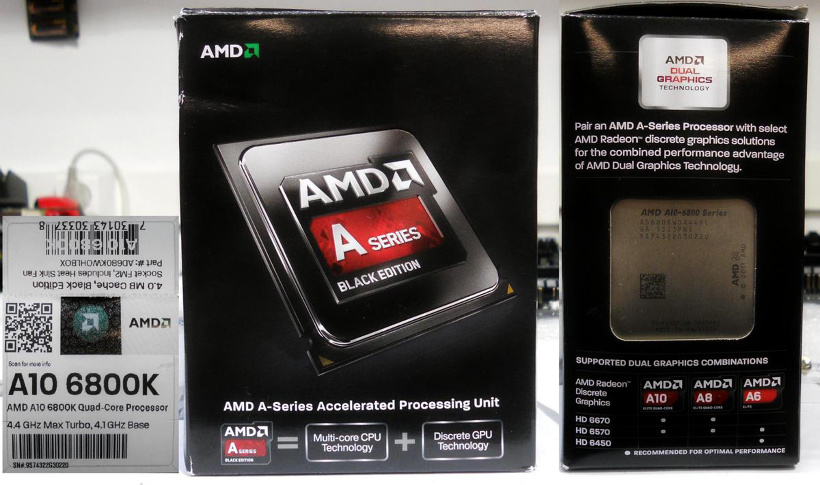 66), core supply voltage 1.31 V, DDR3 supply voltage — 1.65 V.
66), core supply voltage 1.31 V, DDR3 supply voltage — 1.65 V.
3400 MHz — bus frequency 242 MHz (242×14), memory controller frequency 2420 MHz (242×10), DDR3 frequency — 1612 MHz (242×6.66), core supply voltage 1.38 V, DDR3 supply voltage — 1.65 V.
The processor was overclocked to 3700 MHz. To do this, the bus frequency was raised to 265 MHz (265×14), the memory controller to 2650 MHz (265×10), the core supply voltage to 1.52 V, the DDR3 supply voltage to 1.65 V, the north bridge voltage to 0.1 V. The DDR3 frequency was 1766 MHz (265×6.66).
Athlon II X4 640
Regular mode. Clock frequency 3000 MHz, system bus frequency 200 MHz (200×15), memory controller frequency 2000 MHz (200×10), DDR3 frequency — 1333 MHz (200×6.66), core supply voltage 1.3 V, DDR3 supply voltage — 1.65 V.
3400 MHz — bus frequency 227 MHz (227×15), memory controller frequency 2270 MHz (227×10), DDR3 frequency — 1512 MHz (227×6.66), core supply voltage 1. 375 V, DDR3 supply voltage — 1.65 V.
375 V, DDR3 supply voltage — 1.65 V.
The processor was overclocked to 3600 MHz. To do this, the bus frequency was raised to 240 MHz (240×15), the memory controller to 2400 MHz (240×10), the core supply voltage to 1.48 V, the DDR3 supply voltage to 1.65 V, the north bridge voltage to 0.1 V. The DDR3 frequency was 1600 MHz (240×6.66).
Athlon II X3 440
Regular mode. Clock frequency 3000 MHz, system bus frequency 200 MHz (200×15), memory controller frequency 2000 MHz (200×10), DDR3 frequency — 1333 MHz (200×6.66), core supply voltage 1.4 V, DDR3 supply voltage — 1.65 V.
3400 MHz — bus frequency 227 MHz (227×15), memory controller frequency 2270 MHz (227×10), DDR3 frequency — 1512 MHz (227×6.66), core supply voltage 1.43 V, DDR3 supply voltage — 1.65 V.
The processor was overclocked to 3700 MHz. To do this, the bus frequency was raised to 247 MHz (247×15), the memory controller to 2470 MHz (247×10), the core supply voltage to 1. 48 V, the DDR3 supply voltage to 1.65 V, the north bridge voltage to 0.1 V. The DDR3 frequency was 1645 MHz (247×6.66).
48 V, the DDR3 supply voltage to 1.65 V, the north bridge voltage to 0.1 V. The DDR3 frequency was 1645 MHz (247×6.66).
Let’s go directly to the tests.
1280 x 1024
Please enable JavaScript to see graphs
1920 x 1080
Please enable JavaScript to see graphs
minimum and average FPS
Despite the rather «heavy» graphics, the game Arcania — Gothic 4 unexpectedly turned out to be «hungry» for the number of processor cores. Thus, all three- and four-core processors easily overtook such a well-deserved veteran as the Core 2 Duo E8400.
The game makes serious demands on the power of processors, in the normal mode and at a resolution of 1280×1024 all CPUs could not provide comfortable performance, except that the Athlon II X4 640 was close to it.
It is also worth noting that the influence of processors is also observed at 1920×1080 — the results of the rivals, of course, smoothed out, but the trends remained similar to 1280×1024.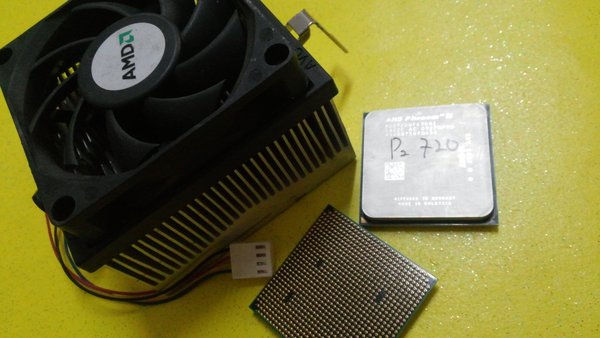
The
Phenom II X3 720 made a favorable impression. At nominal frequencies, it was able to confidently compete for second place with Athlon II X4 640 and Core 2 Quad Q8300, and after overclocking, it took this position, slightly ahead of its rivals.
1280 x 1024
Please enable JavaScript to see graphs
1920 x 1080
Please enable JavaScript to see graphs
minimum and average FPS
The game ARMA 2 became a serious test for all test participants — not a single (even overclocked) processor reached the level of comfortable performance.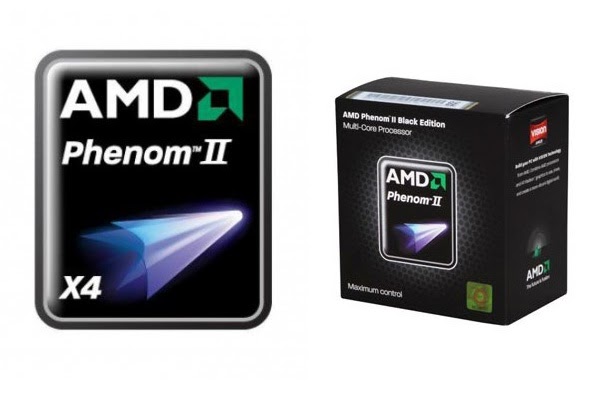 The influence of processors on the results turned out to be so great that they practically did not change when switching from a resolution of 1280×1024 to 1920×1080.
The influence of processors on the results turned out to be so great that they practically did not change when switching from a resolution of 1280×1024 to 1920×1080.
Phenom II X3 720 once again showed its best side, being able to compete on equal terms with Athlon II X4 640 for the first positions in average FPS. and Core 2 Quad Q8300.
Subscribe to our channel in Yandex.Zen or telegram channel @overclockers_news — these are convenient ways to follow new materials on the site. With pictures, extended descriptions and no ads.
AMD Phenom II X3 processor overview 720
Description
Specifications
| Release year | 2009 |
| Segment | desktop |
| Socket | Socket AM3 |
| Number of cores | 3 |
| Number of threads | 3 |
| Base frequency | 2800 MHz |
| Turbo Core | — |
| L1/L2/L3 cache | 384Kb/1. 5Mb/6Mb 5Mb/6Mb |
| Unlocked multiplier | yes |
| Architecture (core) | Heka |
| Process | 45nm |
| Integrated video core | no |
| Max. memory frequency | DDR2 1066Mhz, DDR3 1333Mhz |
| TDP | 95W |
| Max. temperature | 73C |
| Windows 11 support | no |
Instructions supported: MMX, 3DNow!, SSE, SSE2, SSE3, SSE4A, AMD-V, Virtualization Technology
Operating systems supported: Windows XP, Vista, 7, 10 x86-x64, Linux x86-x64
Overview of the AMD Phenom II X3 720
processor The processor was released in 2009 for motherboards with Socket AM3. The model belongs to the CPU of medium performance in the line of processors created for the AM3 platform, has 3 cores with a frequency of 2800 megahertz and a heat dissipation of 95W, which will require an efficient cooling system (120W+). AMD Phenom II X3 720 is made according to the technological standards of 45nm and carries the Heka architecture. In fact, AMD Phenom X3 720 is a twin brother of older Phenom X4 with one artificially blocked core (Phenom X3 has 3 cores, Phenom X4 has 4 cores). Thus, AMD was able to use the discarded Phenom X4 to make Phenom X3 out of them — an excellent low-cost «gap» between dual-core and quad-core models. To date, the designated processor cannot be considered a gaming processor, although it can provide the minimum required performance in such projects as Tomb Raider 1 (2013), The Witcher 3 (2015), and GTA V (2013). This CPU will provide comfortable work in Windows 7-10 operating systems, cope with office tasks, surf the Internet without any problems.
AMD Phenom II X3 720 is made according to the technological standards of 45nm and carries the Heka architecture. In fact, AMD Phenom X3 720 is a twin brother of older Phenom X4 with one artificially blocked core (Phenom X3 has 3 cores, Phenom X4 has 4 cores). Thus, AMD was able to use the discarded Phenom X4 to make Phenom X3 out of them — an excellent low-cost «gap» between dual-core and quad-core models. To date, the designated processor cannot be considered a gaming processor, although it can provide the minimum required performance in such projects as Tomb Raider 1 (2013), The Witcher 3 (2015), and GTA V (2013). This CPU will provide comfortable work in Windows 7-10 operating systems, cope with office tasks, surf the Internet without any problems.
This table summarizes the results of tests of the overall performance of the processor in question, the nearest junior and senior models of the line (if any), predecessor and successor (if any), as well as the capabilities of the nearest competitor models:
| Positioning | CPU Model | PassMark |
| Test piece | AMD Phenom II X3 720 | 1573 points |
| Senior model | Phenom II X3 740 | 1424 points |
| Junior model | AMD Phenom II X3 710 | 1499 points |
| Closest competitor | Intel Pentium G2010 | 1541 points |
AMD Phenom II X3 720 gaming test:
Compatible motherboards:
The sample in question is compatible with motherboards equipped with Socket AM3(941 pin) and based on AMD 870, 880G, 890GX, 880G and 890FX chipsets.


 Designed for AMD’s socket AM3 form factor, the AMD Phenom II X3 720 Black Edition is a
Designed for AMD’s socket AM3 form factor, the AMD Phenom II X3 720 Black Edition is a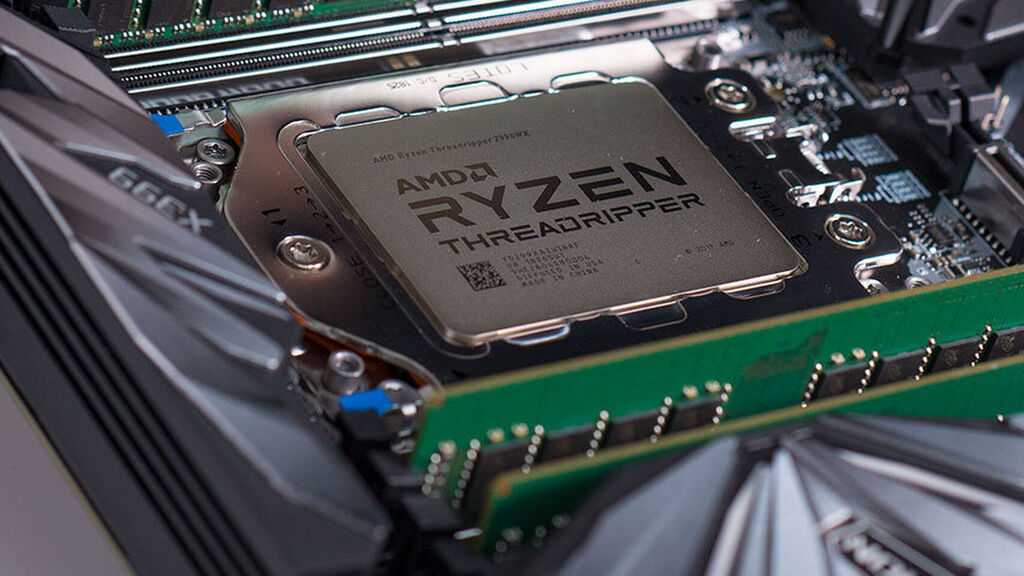
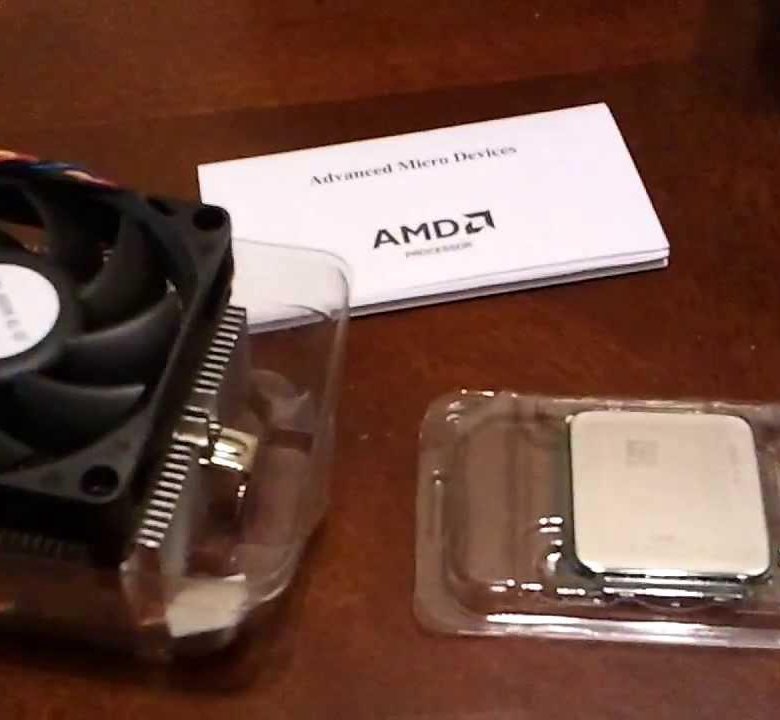 The Phenom II is a socket AM3 product, and if you’ve been following along
The Phenom II is a socket AM3 product, and if you’ve been following along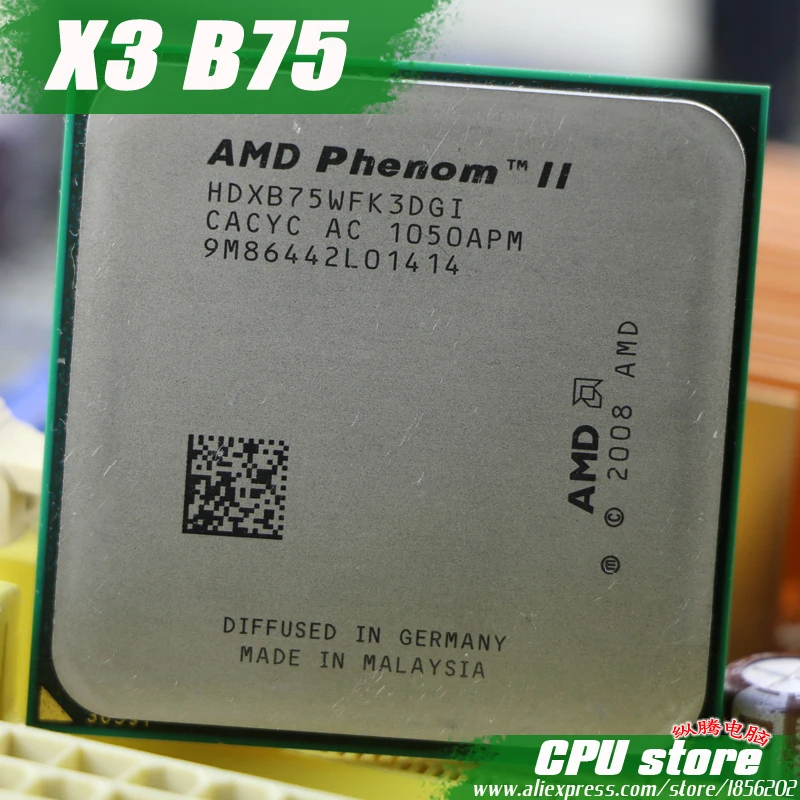
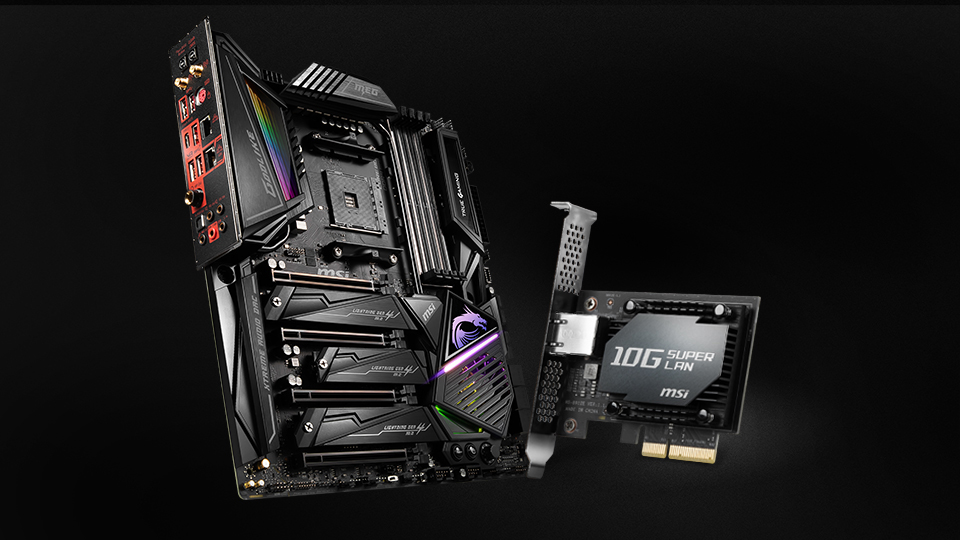 ..
..